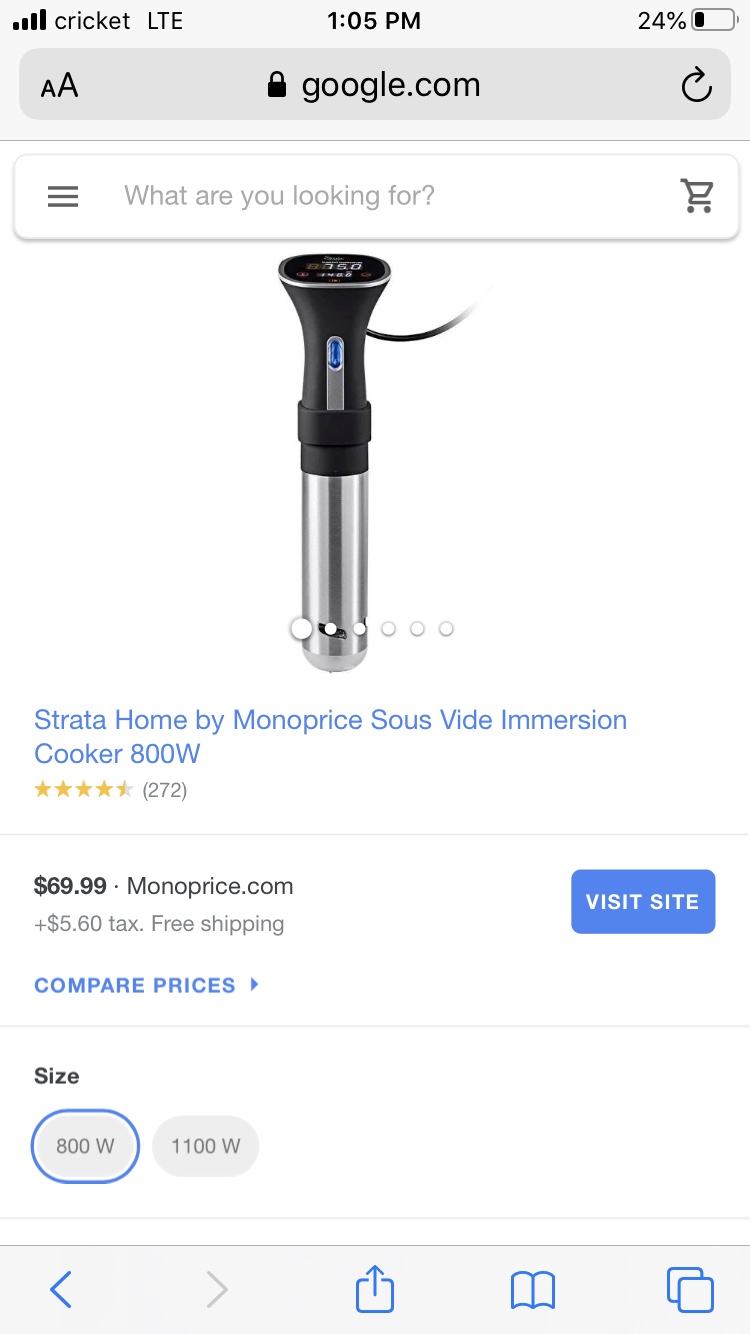Chad Bowman
New Member
I had trouble with clogging on my first brew with the grainfather from the hops. I started using a hop spider and that seemed to cure that issue. On a side note, I just ordered a false bottom for my grainfather. It is made for a robobrew but works perfectly for the grainfather.Yeah I'm low in sea level as well. Out on Long Island.
Any issues with clogging? That's another thing I've seen with the pump clogging with hops debris.
Don't know if you've seen it but the makers of Grainfather just developed their own insulated jacket for this system. Think it's called the Graincoat or something creative like that.















































![Craft A Brew - Safale S-04 Dry Yeast - Fermentis - English Ale Dry Yeast - For English and American Ales and Hard Apple Ciders - Ingredients for Home Brewing - Beer Making Supplies - [1 Pack]](https://m.media-amazon.com/images/I/41fVGNh6JfL._SL500_.jpg)












